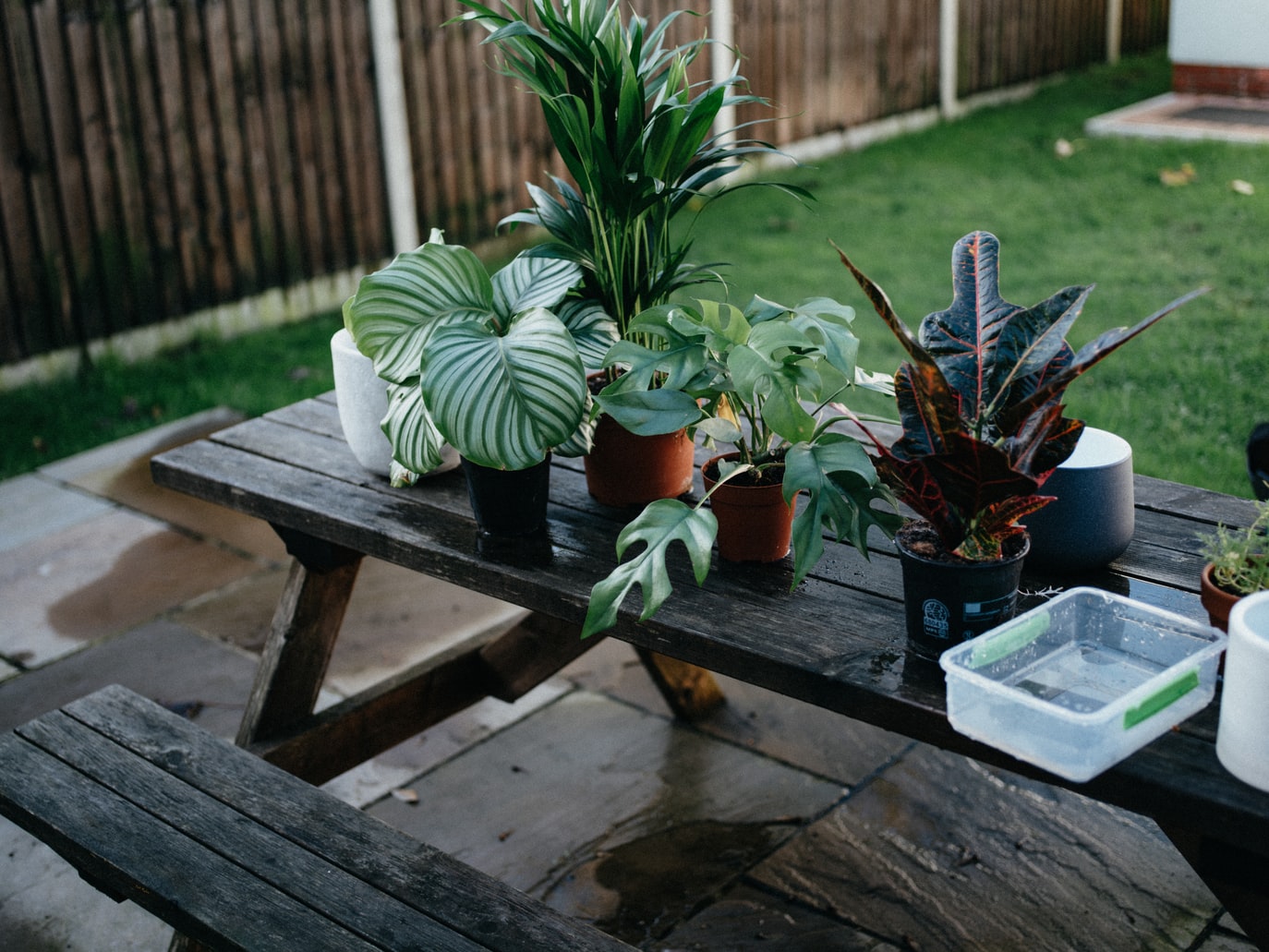A healthy plant needs more than just fertilizers and water. It needs proper care and conditions for growth. Plants may be affected by weather, mold, and other factors. There are many natural ways to take care of your house plants before a problem turns serious. Websites like plantcarer.com are great to find specific tips and lessons about growing your favorite plants at home.
One of the common plant-care tasks that have to be accomplished with care is repotting. You may have to repot your plants for many reasons. Some of them are,
- Change of soil for a nutrient boost.
- Freeing up the roots wrapped tightly around the pot, thus blocking proper water absorption.
- Repotting provides more room to breathe and grow.
- Prevention against diseases and fungus.
- The old pot may be too small.
Irrespective of your reason for repotting, here are some practical ways to do it, and here is our recommended reading on top-of-the-line indoor gardening tool sets you can order online.
1. Hydrate Your Plant
A well-hydrated plant can handle the change better. A plant with insufficient water can become stressed and fail to adapt to its new environment. Make sure to water your plant well for 2 to 3 days before repotting. Watering the plant makes it easy to take it out and to keep the root ball together. Also, a root-bound plant can be tough to take out. Generous watering helps a lot in this case.
2. Be Gentle with the Roots
If the plant is root-bound, you can use additional help with turning the pot slowly and loosening the roots. Use a butter knife for a highly root-bound plant and gently slide it across the perimeter until the roots are free. Next, shake off all the extra soil. To loosen the roots without damaging the delicate ones, use only your bare hands. Damaged roots (brown and black roots) can be trimmed. The thicker roots under the foliage must be untouched. You may trim the roots of a pot-bound plant starting from the bottom and the sides.
3. Using the New Potting Mix
When repotting, get rid of the nutrient-depleted old potting mix. Apply layers of fresh potting mix in the new planter. If your new planter has no drainage hole, pebbles can cover the bottom. The pebbles form openings for the extra water to seep in. After laying the pebbles, you may fill the planter with potting soil for up to half an inch below the rim. Some people also use charcoal at the bottom of the planter.
4. Avoid Air Pockets
When you repot your house plant, ensure the roots are covered completely. The plant is placed in the center and secured with the fresh potting mix. The soil should not be stuffed into the planter tightly. Firm down the soil gently and make sure there are no air pockets.
5. Watering After Repotting
Plants look tired and wilted after repotting, so water the plant sufficiently, as water helps the soil settle down. A well-hydrated plant can recover quickly too. However, ensure the soil is not dripping wet.
If there are any unusual changes in the repotted plant, refer to reliable sources for additional tips. Follow the steps carefully and maintain the plants by giving them adequate water, sunlight, and proper care.

